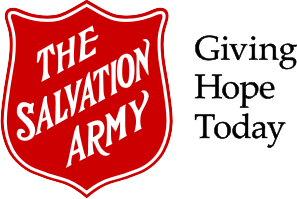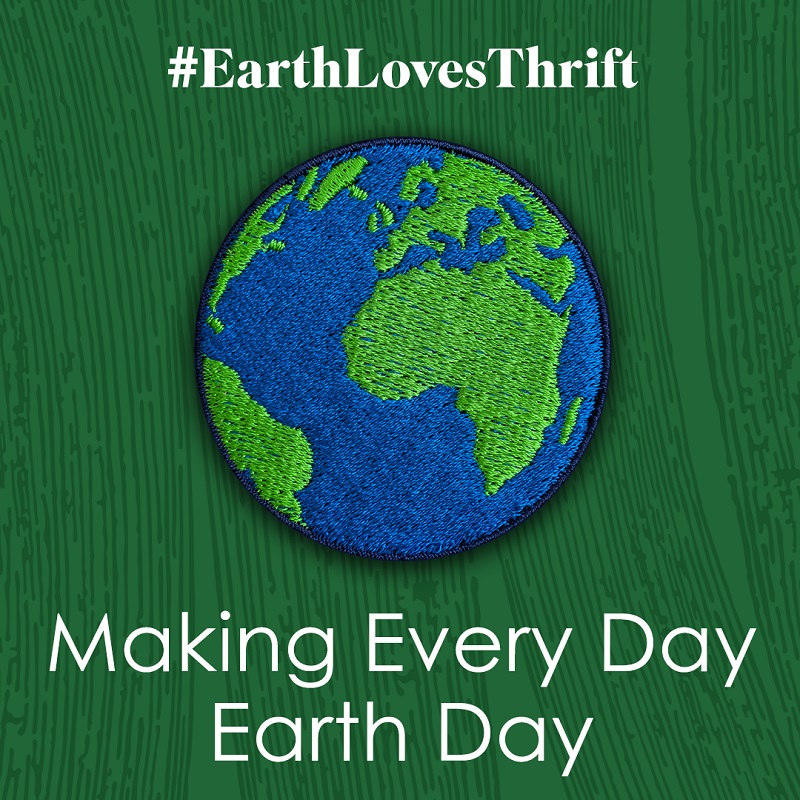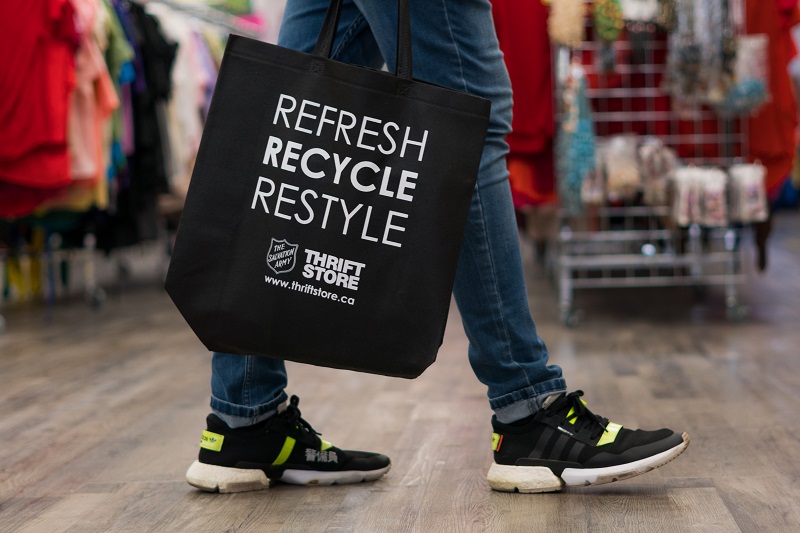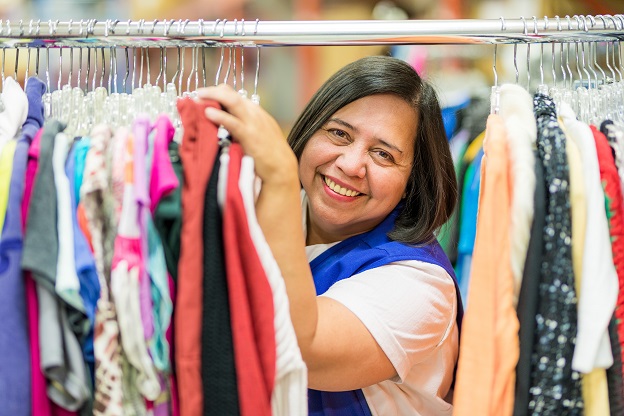Celebrate Earth Month by Shifting to Thrifting
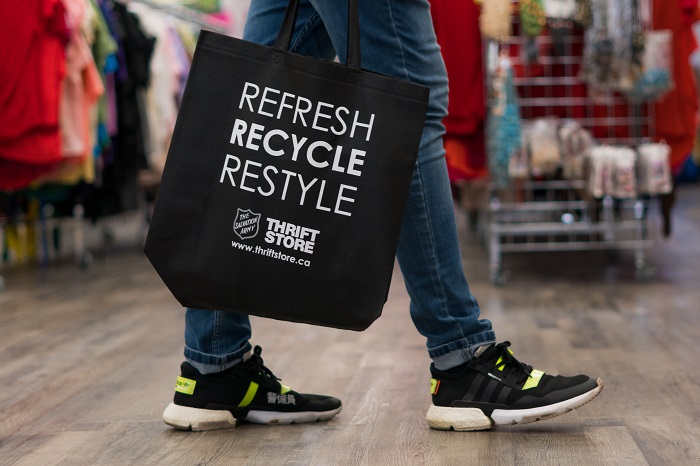
When it began in 1970, Earth Day’s mission was to diversify, educate, and activate the environmental movement worldwide—an imperative that we know is more important today than ever. April 22 is a time to recognize climate change and challenge us to see environmental issues as threats to everyone and everything, but particularly our most vulnerable people and places.
Here at The Salvation Army Thrift Store, National Recycling Operations, caring for our planet and communities is at the heart of everything we do. The Salvation Army Thrift Store is proud to be a part of the solution alongside our guests, donors, and community partners. Less than 5% of all textiles donated to us make their way to landfill, meaning that 99% of donated goods are empowered to make a local impact through our over 100 Thrift stores across the country or our ethical recycling suppliers. We diverted over 39 million kilograms of used clothing, household items, and furniture from local landfills in fiscal year 2019–20 – the equivalent of 12 NASA Saturn V Rockets that propelled humans to the moon!
“By making that shift to thrift in our own way we can each individually contribute and make a collective impact”
As Tonny Colyn, national director of business development and sustainability explains, every day is Earth Day at The Salvation Army Thrift Store. “People don’t always think of thrift as a green initiative, which is why we want to talk about it throughout April and not just on Earth Day,” says Colyn. “Sometimes it feels like the environmental crisis is so big that we can’t do anything about it, but by making that shift to thrift in our own way we can each individually contribute and make a collective impact.”
As awareness about the environmental toll of producing, buying, and discarding items grows, non-profit thrift stores are emerging as a holistic option to reduce environmental strain, provide affordable options, and support community programs and services.
“We are constantly looking at how we can give the best second life possible to donations so that we can support our communities and our environment”
“We collect, sort, give, sell, and recycle,” says Colyn. “It’s because of our recycling efforts that we can take all clean and dry textiles, regardless of resale condition. We are constantly looking at how we can give the best second life possible to donations so that we can support our communities and our environment, while also supporting a number of innovation projects with community partners to find even better end-of-life solutions for textiles.”
From upcycling, to shopping, to donating, making the shift to thrift in all its forms is a great way to protect the environment.
Find your closest store here, get inspired with upcycling DIYs here, and learn more about Earth Day here.
By May Strutt
